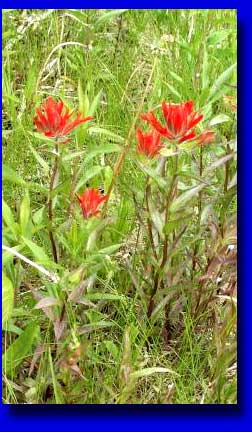|
Light Is A Paintbrush
|
 things
as presented in a little viewing screen somewhere near the back of our scull. Do
you notice that when you tilt your head what you see remains horizontal. Seeing
is not believing. When you tilt your head your eyes do indeed see the world tilted
but the data processing power of our brains couples the information from the inner
ear and reconstructs the image presented in our brains keeping it horizontal. things
as presented in a little viewing screen somewhere near the back of our scull. Do
you notice that when you tilt your head what you see remains horizontal. Seeing
is not believing. When you tilt your head your eyes do indeed see the world tilted
but the data processing power of our brains couples the information from the inner
ear and reconstructs the image presented in our brains keeping it horizontal.The photographer takes the light and using what ever camera at hand that either records light chemically on film or electronically in a digital form, composes an image, what is in essence a replication of the processing that goes on within the human brain. The photographer, like the brain, is selective, works out reality to make it seem similar but also representative of the reality that he or she senses. In most ways photography is far more difficult than sketching, drawing and painting because the picture creation process must rely upon using the light and what it is reflecting off to create an understandable and consumable image that not only he or she can recognise but most other people will see something similar when they view that created image. While on a trip to B.C. this past week Gerald Crawford was able to bring home these two images to share with us and let us see with our eyes what his brain conceived from the sensory input at the time. The picture at the top of the page he writes: "The sign over the main apprach to McBride, BC. Thought it was quite classy." The wonderful delicate flowers on the left he describes this image as, "Second is the mountain paintbrush, more orangy than ours." For the past one hundred twenty years people have been using chemical means to "photograph" their surroundings. Though a daunting experience I would urge us all to capture our realities either on film or with a new digital camera. We all can't turn out images that everyone will appreciate but we need to explore our world and a camera is one of the best exploration tools available. Digital cameras offer you an inexpensive way to take pictures because if the picture is not what you want there is no loss just try again. But most importantly, understand that picture taking is not in the camera, the film, or print media, it is the process that is embarked upon by the photographer, the picture maker, in most cases the final product is far less important that the experience, but the reward is in the self exploration that it affords. |
